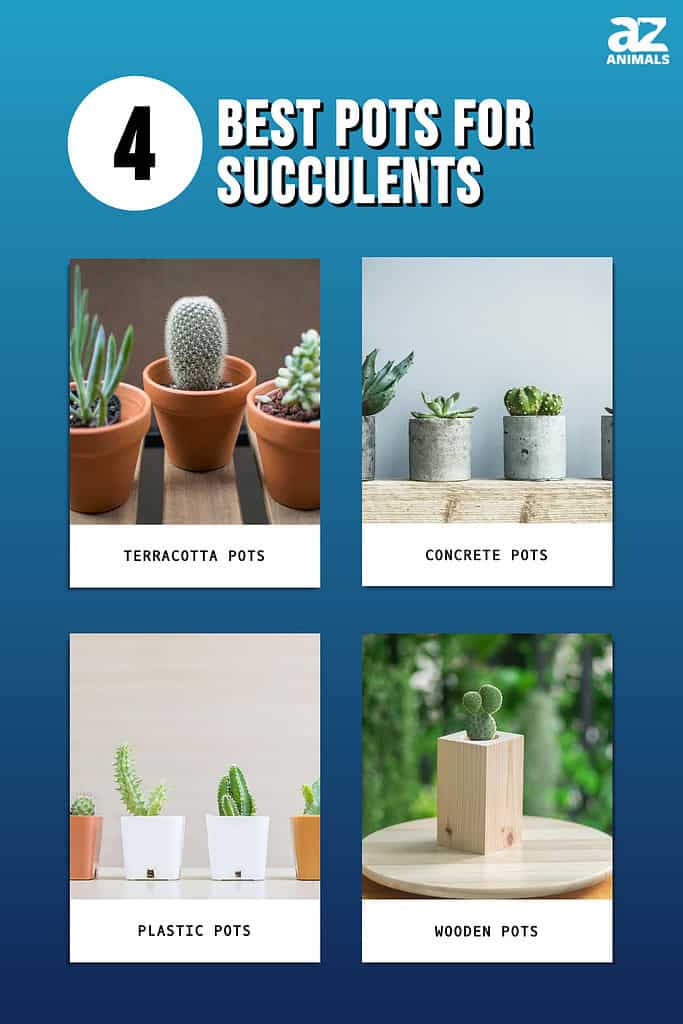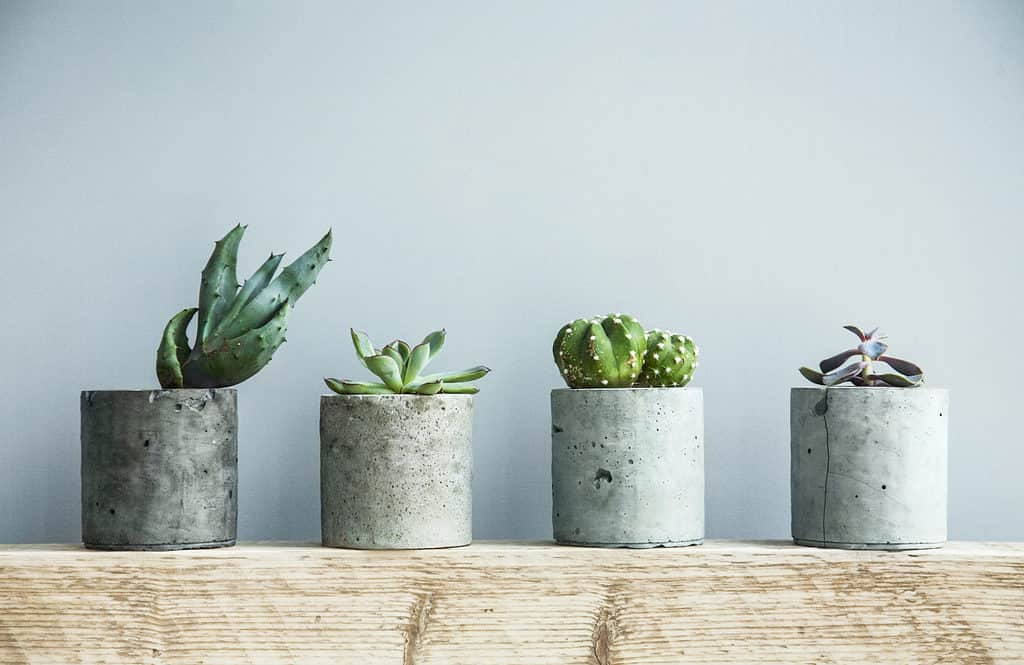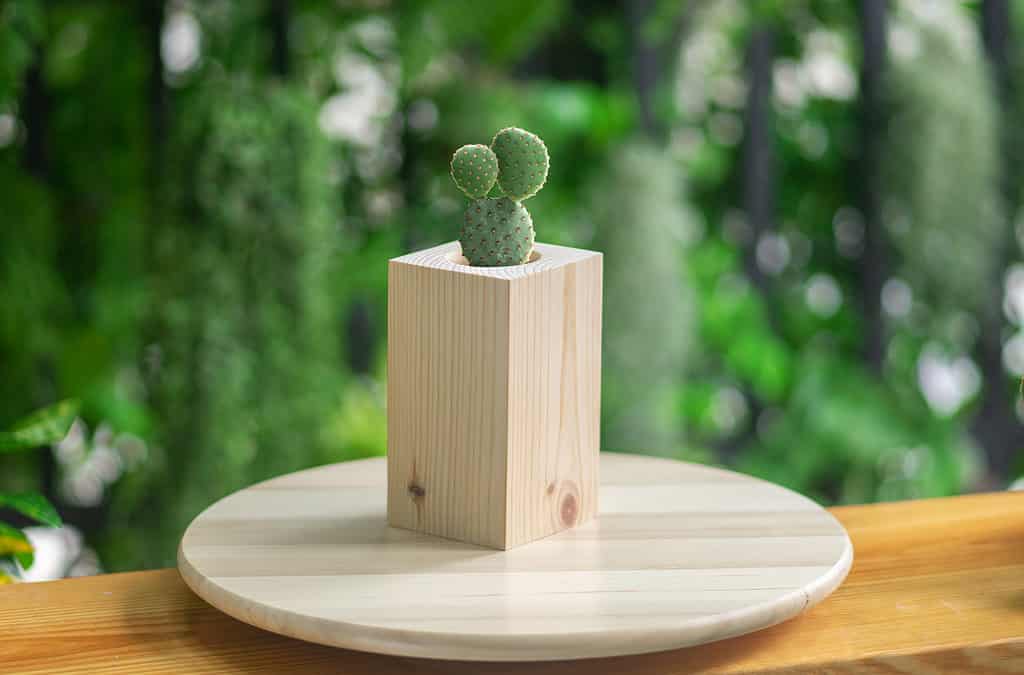Hey there, gardeners! We know you’re busy, and we get it. You want to spend time with your plants, but you also don’t want to spend all day in the garden trimming and pruning. We all do.
That’s why succulents are an excellent choice for growing something beautiful and unique while keeping it simple. Succulents are hearty little guys that require minimal care and don’t require much water — which means they’re perfect for people who are just getting into gardening or who have limited time to tend to their plants.
In fact, it’s not hard at all to grow succulents yourself. You just need to find good potting soil (we recommend one with perlite or vermiculite), some succulent cuttings from your local nursery or home improvement store, and some sunshine (or light bulbs). Then sit back and watch your little buddies grow!
But what are the best pots for succulents? There are many options available. Some work better than others. It depends on the type of succulent you want to grow and the size of your space.

How to Choose the Best Pots for Succulents
Choosing the right pots for succulents is important for several reasons. First, the pot will help you create the ideal environment for your succulent’s growth and health. Second, it can determine how easy or difficult it is to move and water your plant. And finally, it can be used as an opportunity to create an aesthetic that matches your style and preferences.
The most important thing about choosing a pot for succulents is that it needs to be able to drain excess water from the plant’s roots. If too much water remains in the soil after watering, it can rot the roots and kill the plant. This can be especially helpful if you live where it frequently rains during summer.
The best pots for growing succulents get made from clay or plastic with holes in the bottom for drainage. They are also lightweight and durable enough to withstand being moved around without easily breaking if they get knocked over accidentally by pets or children playing nearby.
Consider the following when choosing the best pot for succulents:
- A pot to match the décor in your home
- The right size pot for it to grow
- The material of the pot
- Proper drainage.
Let’s take a look at some of the best pots for succulents!
1. Terracotta Pots
Terracotta pots are one of the best pots to grow succulents. You might recognize them from their traditional red-orange color, and you can find them just about anywhere there are gardening tools. In addition, you can use them indoors or outdoors for succulents, and they get designed in every size and shape to suit your needs.
Terracotta pots get made from baked clay. Some get made by hand, and others use a mold. So why are terracotta pots the best for succulents? Because it can soak up excess moisture from the soil and it’s also porous to help with the airflow. One drawback is if it breaks, they don’t repair well. Good thing they are affordable!
Terracotta also has some other benefits. You don’t have to worry about it cracking or breaking like ceramic or stone pots might over time. Instead, terracotta will naturally weather over time and become more beautiful with age. In addition, it’s lightweight and easy to carry around your garden if you need to move it from one place to another (like when you’re bringing them into your home during winter).
If you use terracotta pots outdoors, they will take longer to dry when they get wet in the winter, which may cause over-watering.

Terracotta pots are lightweight and porous, making them ideal for succulents.
©jenn1ferl0uise/Shutterstock.com
2. Concrete Pots
Concrete normally contains lime which can harm many species of plants because it can raise the alkalinity of the soil. However, succulents love alkaline soil. In addition, they will protect your succulents from outdoor weather conditions that can damage plants, such as the sun and debris.
Concrete pots are heavy, which may not be ideal for shelves but durable for the outdoors or a patio. Also, heavy winds won’t shake them easily! Look for a wide pot rather than a tall and narrow one. They will allow more airflow around your plant roots, which will help keep them healthy and encourage growth.

Concrete pots are heavier than terracotta pots and can protect them from outdoor weather elements.
©Julia Karo/Shutterstock.com
3. Plastic Pots
Succulents are delicate and must get kept in small containers so their roots don’t dry out easily. If you’re looking for a larger-sized container, you’ll have to make sure it has drainage holes so that excess water can drain out of it.
You can purchase plastic pots at most garden centers or hardware stores, but if you want something more unique than the standard pot shape, try shopping online. You’ll find a wide variety of shapes and sizes available at many different price points.
The downside to plastic pots is they can’t get left outdoors. Ensure they have drainage holes and some weight, so they won’t tip over when it’s windy. While plastic pots are great for succulents, they can dry the soil faster when exposed to higher temperatures.

Plastic pots are great for growing small succulents indoors.
©kenkuza/Shutterstock.com
4. Wooden Pots
Don’t worry about having the perfect pot. Many people think that if they choose a beautiful, elaborate pot for their succulents, it won’t matter what kind of soil they put in it. But that’s not true! The shape and size of the container are important because they determine how much water your plant needs, affecting how often you’ll have to water it.
Wooden pots are one of the most common ways to grow succulents. They’re durable, easy to work with, and can be painted or stained in any color you like.
But wooden pots aren’t perfect for all succulent growers. For example, if you live in a hot climate or don’t have access to shade during the day, then using wood might not be a good idea since it can heat up quickly and cause damage if left in direct sunlight for too long.
The next decision is what type of wood to choose. Cedar or redwood are good choices because they naturally resist rot and insects like termites. You’ll also want to consider whether or not you want an open-top container or one with holes in the bottom (for drainage). If you opt for an open-top container, consider adding rocks or gravel along with potting soil so that excess moisture doesn’t collect at the bottom of the planter, where it could cause root rot over time.

Wooden pots for growing succulents are beautiful, durable, and easy to work with.
©OHishiapply/Shutterstock.com
Final Thoughts
Succulents come in all colors and textures, so there’s something for everyone. You can pick from single-stemmed or multi-stemmed plants depending on what look you like best for your space, and if you want to get even more creative with it, why not mix some rocks into your arrangement? Then, you could make an entire garden out of succulents if you wanted!
Succulents are so popular because they’re beautiful and require minimal maintenance. However, if you don’t choose the right pot for your needs, you might find yourself spending more time caring for your succulent than enjoying its beauty.
The best pots for growing succulents are those made from terracotta, cement, or plastic, but not metal because it tends to retain heat and cold more strongly than other materials (though this isn’t always true). This can cause problems with temperature regulation in climates where temperatures fluctuate significantly throughout the year.
Summary of the Best Pots for Succulents
Here’s a recap of the most suitable pots to grow succulents in that we took a look at:
| Number | Pot Type | Pros | Cons |
|---|---|---|---|
| 1 | Terracotta | Concrete normally contains lime, raising the alkalinity of the soil, and succulents love alkaline soil. It protects plants from outdoor weather conditions and allows more airflow around plant roots. | If it breaks, pots don’t repair well. If used outdoors, pots take longer to dry when they get wet in the winter, which may cause over-watering. |
| 2 | Concrete | Pots are heavy, which may not be ideal for shelves but durable for outdoors or on a patio. | Pots are heavy, which may not be ideal for shelves but durable outdoors or on a patio. |
| 3 | Plastic | If left outdoors, it can tip over if windy, so ensure pots have some weight. Plastic can dry soil faster when exposed to higher temperatures. | Plastic is great for growing small succulents indoors and is available in various shapes and sizes. |
| 4 | Wooden | Wood is durable, easy to work with, and can be painted or stained in any color you like. | Wood can heat up quickly and cause damage if left in direct sunlight for too long. |
The photo featured at the top of this post is © panattar/Shutterstock.com
Sources
- Wikipedia, Available here: https://en.wikipedia.org/wiki/Terracotta
- SFGATE, Available here: https://homeguides.sfgate.com/benefits-concrete-pots-32099.html
FAQs (Frequently Asked Questions)
What are the best pots for succulents?
Terracotta pots are the best for succulents. They are lightweight, porous, and will soak up excess water.
Can succulents live in pots without holes?
Succulents in pots with no holes won’t do well. Too much moisture can cause root rot.
Do succulents prefer deep or shallow pots?
Succulents prefer wide and shallow pots. However, succulents with taproots can tolerate a deeper pot.
Can succulents survive in just rocks?
Succulents won’t survive without soil, but they may be doing fine for a few weeks due to the water they store in their leaves.
Are succulents better in soil or sand?
Succulents thrive in porous, sandy soil because water can drain better in the sand.
Thank you for reading! Have some feedback for us? Contact the AZ Animals editorial team.






